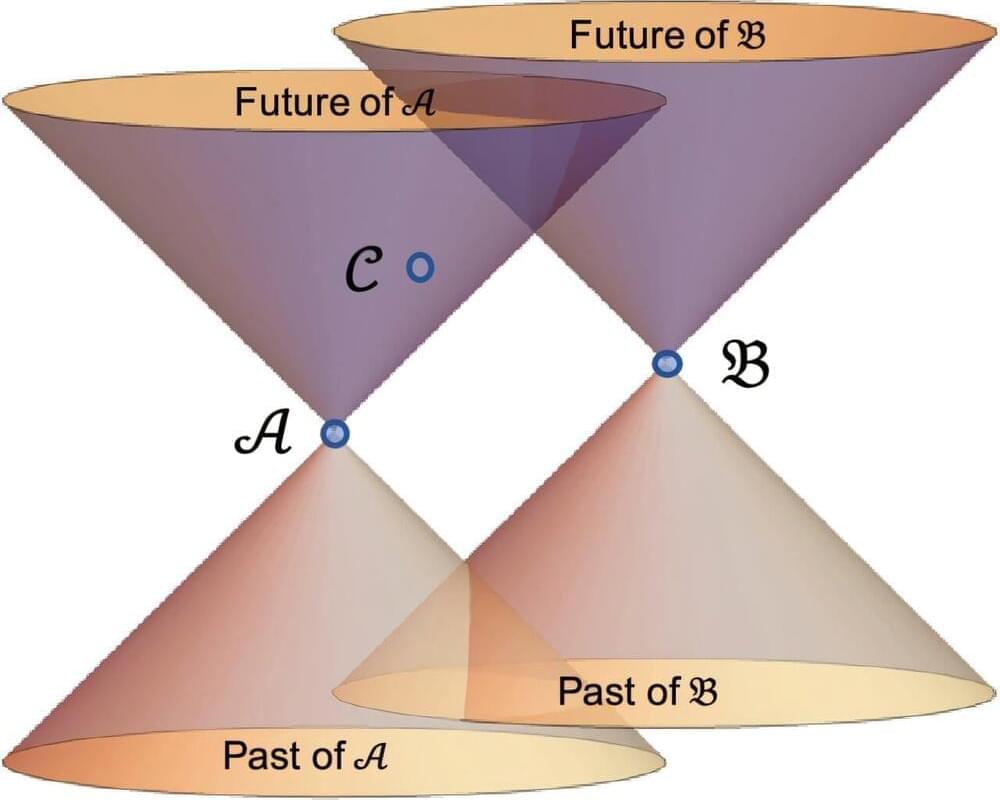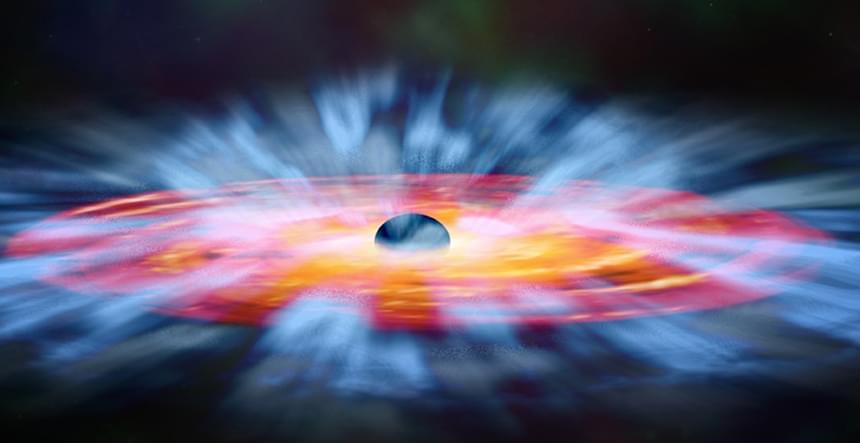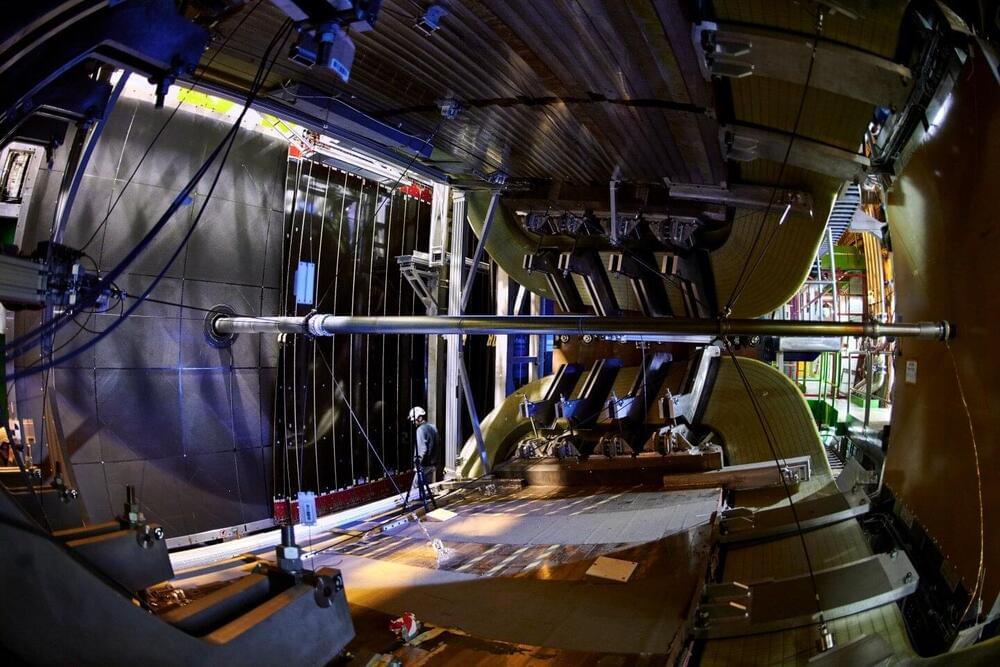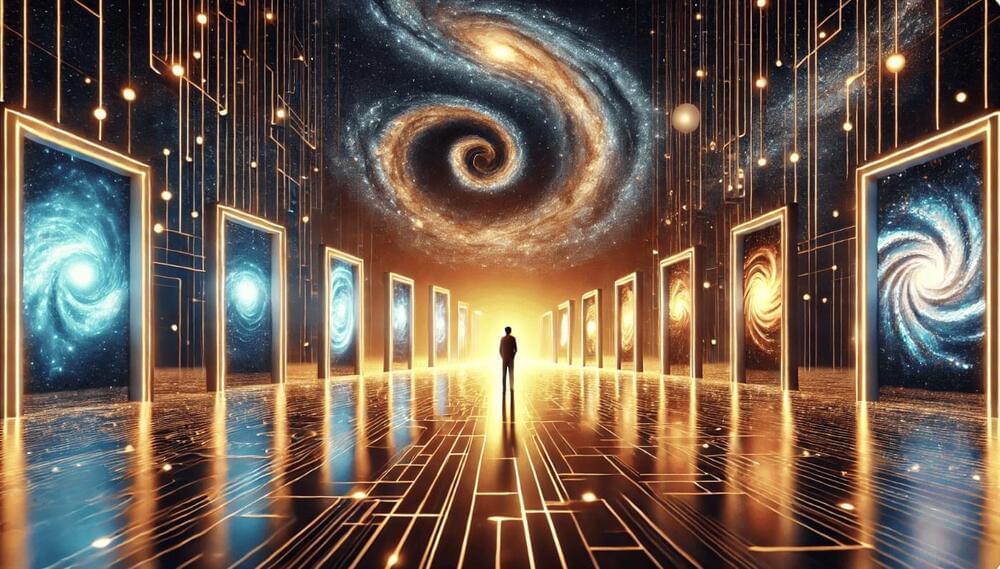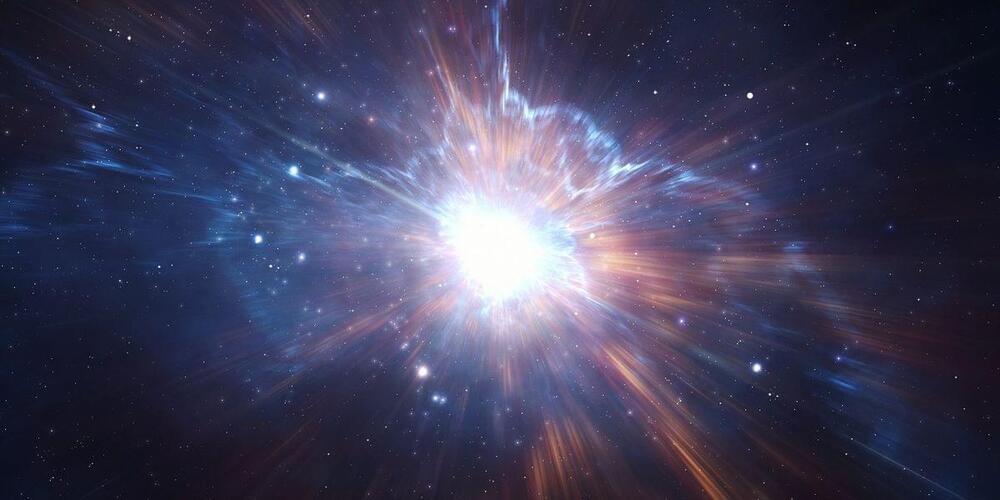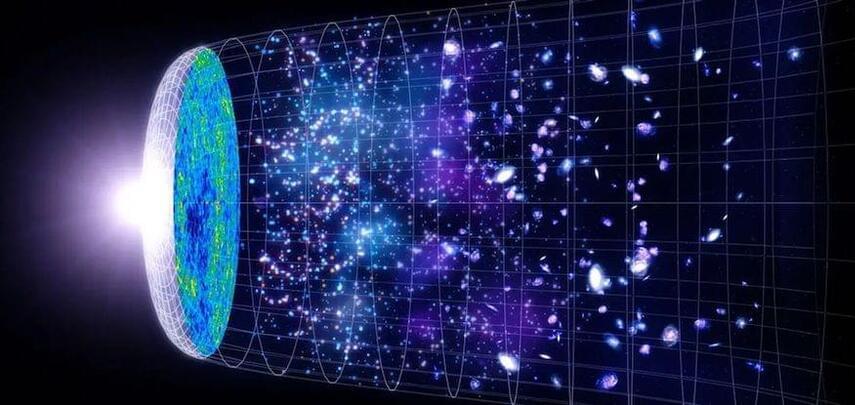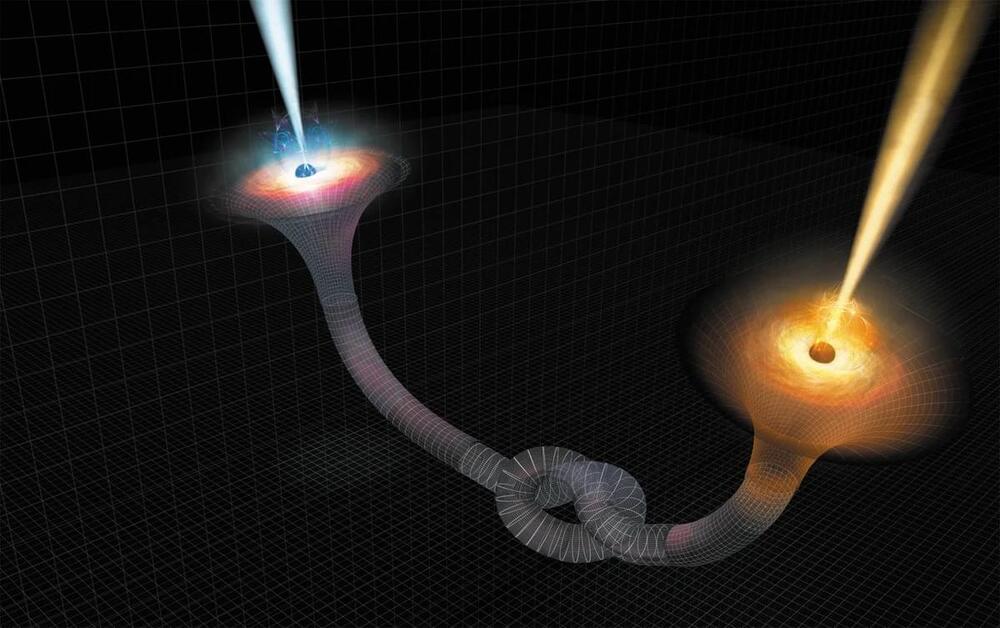Dec 18, 2024
The Dark Energy Pushing our Universe Apart may not be what it seems, scientists say
Posted by Natalie Chan in categories: cosmology, mathematics
Distant, ancient galaxies are giving scientists more hints that a mysterious force called dark energy may not be what they thought.
Astronomers know that the universe is being pushed apart at an accelerating rate and they have puzzled for decades over what could possibly be speeding everything up. They theorize that a powerful, constant force is at play, one that fits nicely with the main mathematical model that describes how the universe behaves. But they can’t see it and they don’t know where it comes from, so they call it dark energy.
It is so vast it is thought to make up nearly 70% of the universe—while ordinary matter like all the stars and planets and people make up just 5%.

